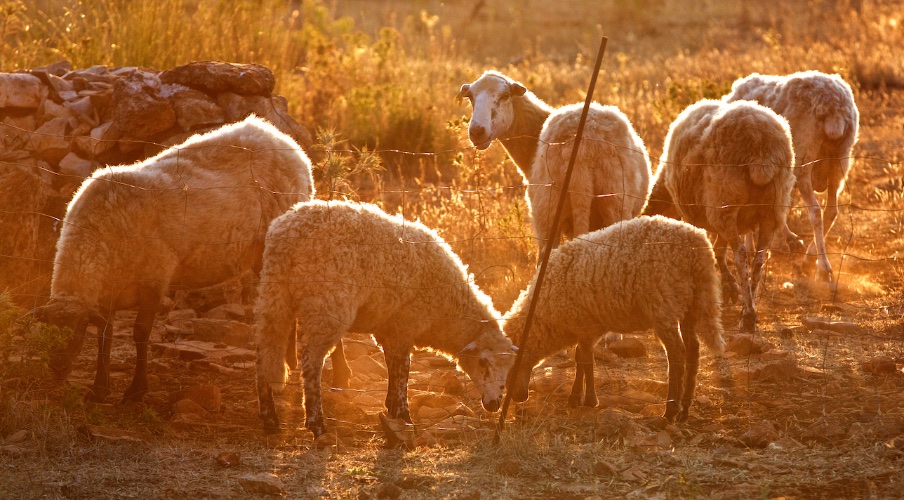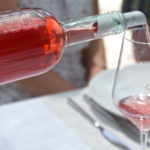Discover the secrets of the Balkans along the coast & inland villages
Backroads of the Balkans is an expedition across Croatia, Montenegro, Bosnia & Herzegovina.
You’ll experience a wide range of rides, cultural and local experiences, excellent cuisine and meet interesting people along the way.
Optional extensions to Albania, Macedonia, Bulgaria and Greece.
This ride is for all level of riders with winding mountain roads, breathtaking coastal hiway, backroads, and local island roads. All roads are paved, safe and well maintained.
Choose from our premium motorcycles, travel with expert local guides in fully supported tour with great accommodations, excellent local cuisine, cultural activities.
Coastal, inland, paved and backroads
Each day brings a new ride along the spectacular coastal road and islands of the Split Archipelago and Elafiti Islands to Dubrovnik and on to Montenegro and Bosnia & Herzegovina.
- Begin in Ancient Split
- Ride by Oyster farms and through the ancient fortress in Mali Ston
- Bike the spectacular Coastal road to Dubrovnik
- Explore the back roads of Montenegro from fortress to fortress and spectacular Kotor Bay
- Wind your way through the villages of Bosnia & Herzegovina


Breathtaking scenery, historic routes, complex culture
Bike through the history of the Balkans – complicated and teaming with diverse culture, historic icons and beautiful nature – the rugged Dinaric Alps, monuments of the Balkan war, waterfalls, lakes, serpantine pathways through mountain villages . . .
Customize your activities & itinerary
We’ll custom design your route with:
- Great biking on a mixture of hiway and backroads, some optional off road
- Flexible itinerary – your motor guide will advise you of choices along the way
- Cultural and historical tours & activities
- Stop at tiny family restaurants and hidden “Konobas”
- Overnight at authentic boutique hotels
- Customize your journey for your style, your pace, your interests
- 4 to 6 hours per day riding




























































